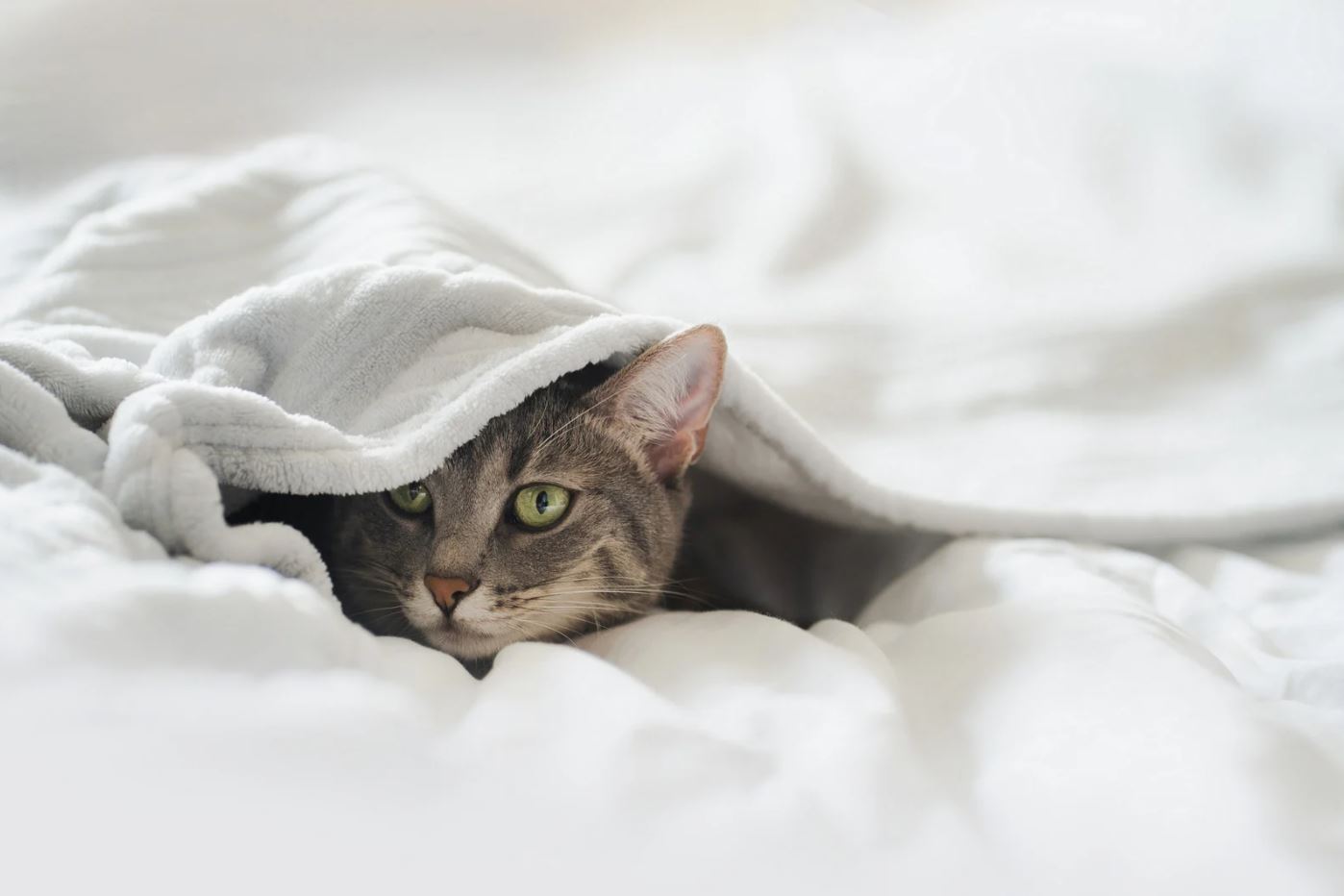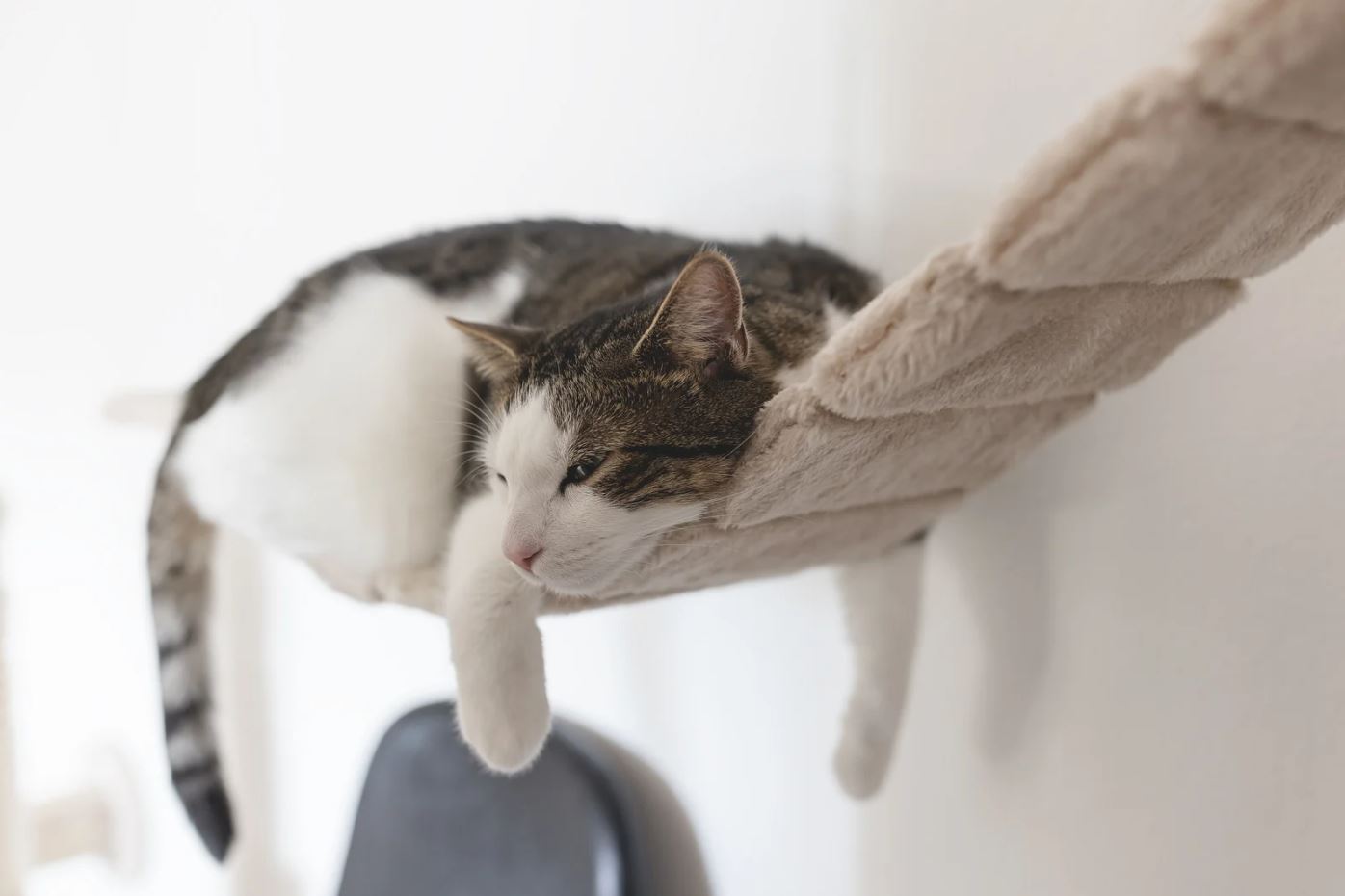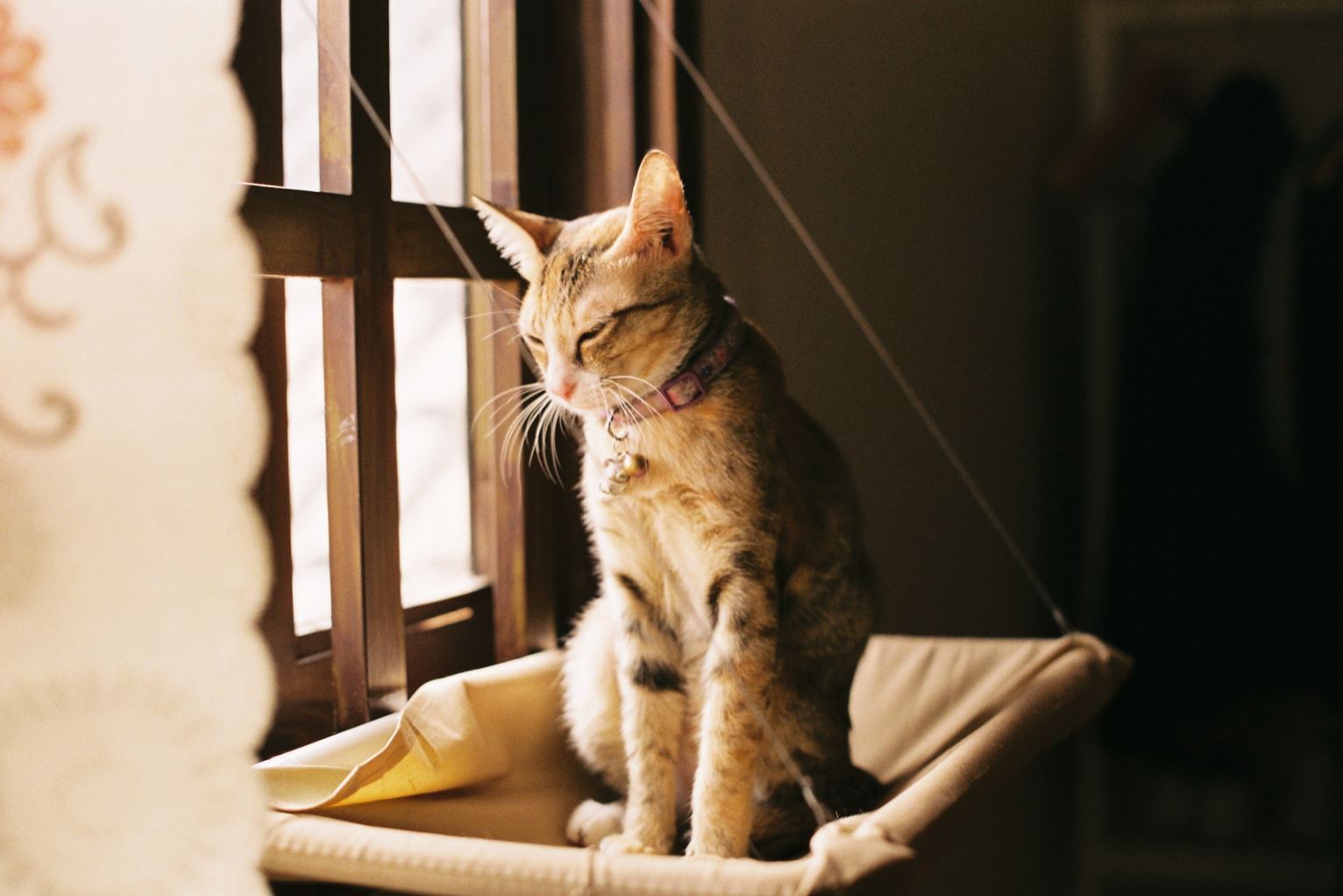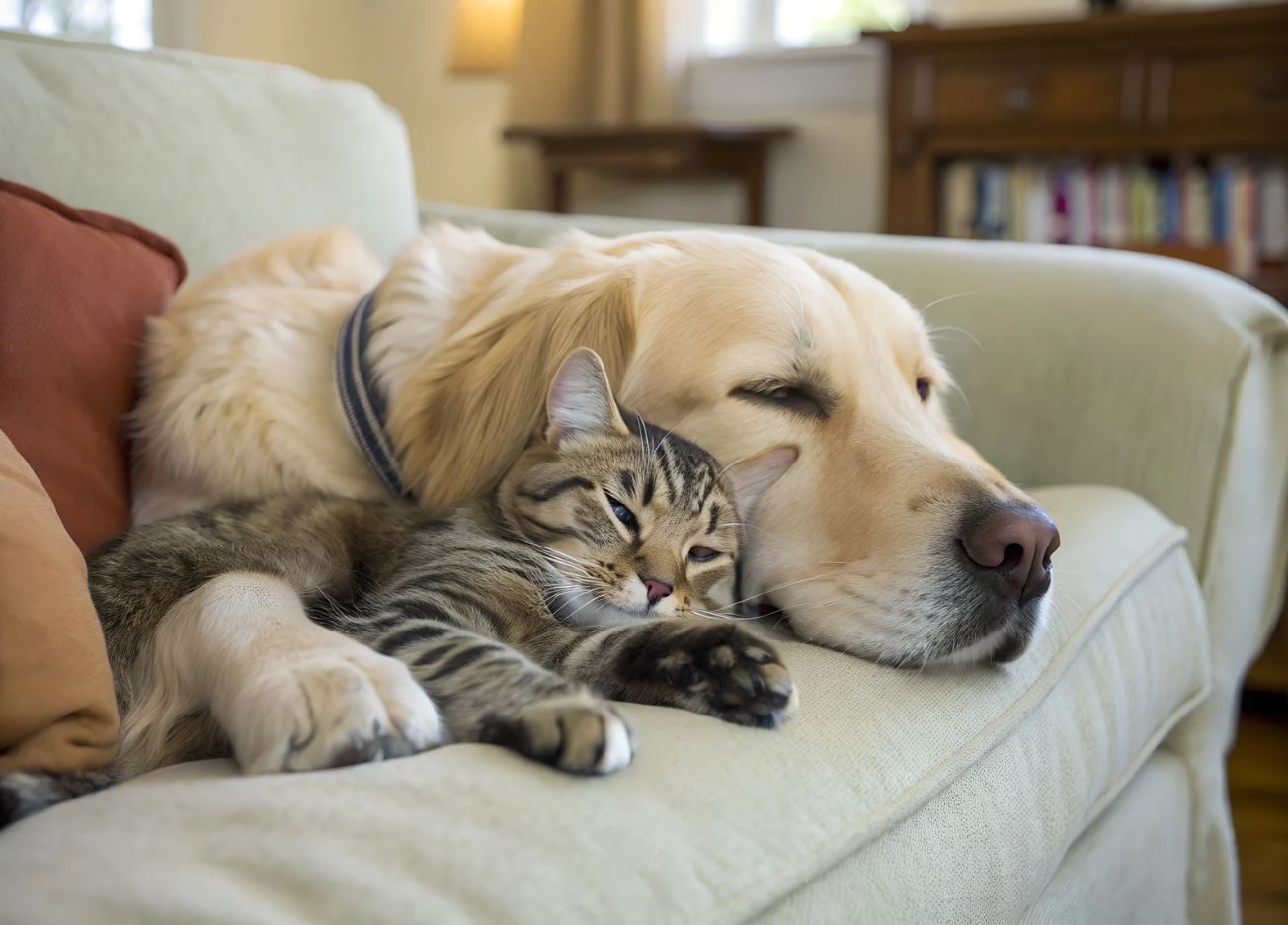
As a cat owner, you may have found yourself puzzled by your feline friend’s penchant for scratching furniture. It’s a common issue that many pet owners face, and understanding the reasons behind this behavior can help you find effective solutions. Cats scratch for several reasons, primarily to maintain their claws, mark their territory, and stretch their muscles.
When your cat scratches, they are not just being mischievous; they are engaging in a natural behavior that is essential for their well-being. Scratching is a way for cats to shed the outer layers of their claws, keeping them sharp and healthy. Additionally, cats have scent glands in their paws, and scratching helps them mark their territory with their unique scent.
This instinctual behavior is deeply rooted in their nature, and it’s important to recognize that it’s not something they can simply stop doing. Instead of viewing scratching as a nuisance, consider it a normal part of your cat’s life that needs to be managed effectively. Please visit infos.care for more information.
Key Takeaways
- Cats scratch furniture to mark their territory and to stretch their muscles.
- Providing alternative scratching surfaces such as scratching posts and pads can redirect your cat’s behavior.
- Using deterrents like double-sided tape or citrus sprays can discourage your cat from scratching furniture.
- Trimming your cat’s nails regularly can help prevent damage to furniture.
- Providing mental and physical stimulation through interactive toys and playtime can keep your cat distracted from furniture.
Providing Alternative Scratching Surfaces: Cat Scratch Furniture Solutions for a Peaceful Home
One of the most effective ways to address your cat’s scratching behavior is to provide them with alternative scratching surfaces. By offering designated scratching posts or pads, you can redirect their attention away from your furniture. Look for scratching posts made from materials like sisal or cardboard, as these tend to be more appealing to cats.
You might even want to experiment with different shapes and heights to see what your cat prefers. Placement is key when it comes to these alternative surfaces. Position the scratching posts near the furniture your cat tends to scratch, as this will encourage them to use the designated areas instead.
You can also try placing a scratching post in a sunny spot or near their favorite lounging area to make it more enticing. Remember, the goal is to create an environment where your cat feels comfortable and encouraged to scratch in appropriate places.
Using Deterrents: How to Stop Your Cat from Scratching Furniture

If your cat continues to scratch your furniture despite providing alternative surfaces, it may be time to consider some deterrents. There are various products available that can help discourage this behavior without causing harm to your pet. For instance, double-sided tape can be an effective deterrent; cats dislike the sticky texture on their paws, which can make them think twice before scratching.
Another option is to use commercial sprays designed to deter cats from scratching. These sprays often have scents that are unpleasant to cats but safe for humans and other pets. Just be sure to test any product on a small area first to ensure it doesn’t damage your furniture.
Combining these deterrents with positive reinforcement when your cat uses their scratching post can create a balanced approach that encourages good behavior.
Trimming Your Cat’s Nails: A Simple Solution for Preventing Furniture Damage
Regularly trimming your cat’s nails is another simple yet effective way to prevent furniture damage. Keeping their claws short reduces the potential for scratches on your furniture and minimizes the risk of injury to both you and your cat. If you’re unsure how to trim your cat’s nails, don’t worry!
It’s a skill that can be learned with practice. Start by getting your cat comfortable with having their paws handled. You can do this by gently massaging their paws during cuddle time or while they’re relaxed.
Once they’re accustomed to having their paws touched, you can introduce nail clippers designed specifically for cats. Aim to trim just the sharp tip of each claw, avoiding the quick (the pink part inside the nail) to prevent bleeding and discomfort. If you’re hesitant about doing this yourself, consider asking your veterinarian or a professional groomer for assistance.
Providing Mental and Physical Stimulation: Keeping Your Cat Happy and Distracted from Furniture
Cats are naturally curious and playful creatures, so providing them with mental and physical stimulation is essential for their overall well-being. Boredom can lead to destructive behaviors, including scratching furniture. To keep your cat engaged, consider incorporating interactive toys into their daily routine.
Toys that mimic prey movements or require problem-solving skills can keep your cat entertained for hours. In addition to toys, engaging in regular playtime with your cat can help channel their energy in positive ways. Use feather wands or laser pointers to encourage them to jump and chase, which not only provides exercise but also strengthens your bond with them.
By keeping your cat mentally and physically stimulated, you’ll reduce the likelihood of them resorting to scratching furniture out of boredom.
Using Pheromones: A Natural Solution for Calming Your Cat and Reducing Furniture Scratching

How Pheromones Can Help
Pheromones can be particularly helpful if your cat is stressed or anxious due to changes in their environment. By using pheromone products, you can create a sense of calm and reduce your cat’s anxiety-related behaviors.
Using Pheromones Effectively
To get the most out of pheromone products, place a diffuser in areas where your cat spends most of their time or where they tend to scratch the most. It’s important to be patient and consistent when using these products, as it may take some time for the effects to become noticeable.
A Gentle Solution for a Calmer Home
Many pet owners have found success with pheromones as a gentle way to help manage their cat’s behavior while promoting a sense of calm in the home.
Training Your Cat: How to Redirect Their Scratching Behavior

Training your cat may sound daunting, but it’s entirely possible with patience and consistency. The key is to redirect their scratching behavior rather than trying to eliminate it altogether. When you catch your cat scratching furniture, gently pick them up and place them on their designated scratching post or pad.
Use positive reinforcement by praising them or offering treats when they use the appropriate surface. Consistency is crucial in this process; make sure everyone in your household follows the same approach when it comes to redirecting your cat’s behavior. Over time, your cat will learn that scratching on their post is not only acceptable but also rewarded!
Remember that training takes time, so be patient and celebrate small victories along the way.
Seeking Professional Help: When to Consult a Veterinarian or Animal Behaviorist for Cat Scratch Furniture Solutions
If you’ve tried various methods without success, it may be time to seek professional help. Consulting a veterinarian or an animal behaviorist can provide valuable insights into your cat’s behavior and help identify any underlying issues contributing to their scratching habits. A veterinarian can rule out any medical conditions that may be causing stress or discomfort, while an animal behaviorist can offer tailored strategies based on your specific situation.
Don’t hesitate to reach out for help if you feel overwhelmed or unsure about how to proceed. Sometimes, having an expert’s perspective can make all the difference in finding effective solutions for managing your cat’s scratching behavior. In conclusion, caring for indoor cats naturally involves understanding their behaviors and providing appropriate outlets for their instincts.
By implementing these strategies—offering alternative scratching surfaces, using deterrents, trimming nails, providing stimulation, utilizing pheromones, training effectively, and seeking professional help when needed—you can create a harmonious environment for both you and your feline friend. Remember that patience and consistency are key as you work together towards a peaceful home free from furniture damage!
Internal Topics [ https://infos.care ]:
And if you’re looking for visual guidance on managing scratching behavior, don’t forget to check out this helpful that walks you through some practical solutions!

FAQs
Why do cats scratch furniture?
Cats scratch furniture to mark their territory, stretch their muscles, and sharpen their claws. It is a natural behavior for cats.
How can I prevent my cat from scratching furniture?
You can prevent your cat from scratching furniture by providing them with appropriate scratching posts, trimming their claws regularly, using deterrent sprays, and providing them with plenty of mental and physical stimulation.
What are some solutions for a peaceful home with a cat that scratches furniture?
Some solutions for a peaceful home with a cat that scratches furniture include providing multiple scratching posts, using double-sided tape or aluminum foil on furniture, providing interactive toys, and using synthetic pheromone sprays to reduce stress.
Is declawing a solution for cats that scratch furniture?
Declawing is not recommended as a solution for cats that scratch furniture. It is a painful and unnecessary procedure that can lead to long-term physical and behavioral problems for the cat. There are more humane and effective alternatives for preventing furniture scratching.
Recommended Internet Infos:
Unwanted Scratching Behavior in Cats: Influence of Management Strategies and Cat and Owner Characteristics
Source: https://pmc.ncbi.nlm.nih.gov/articles/PMC9559527/
Why your cat scratches furniture – and how to get it to stop
Source: https://www.npr.org/2024/07/11/nx-s1-5029488/why-do-cats-scratch-furniture-a-new-study-found-answers
Cornell Feline Health Center
Recommended YouTube Videos:
👉 Please visit more Fish Care Infos.








